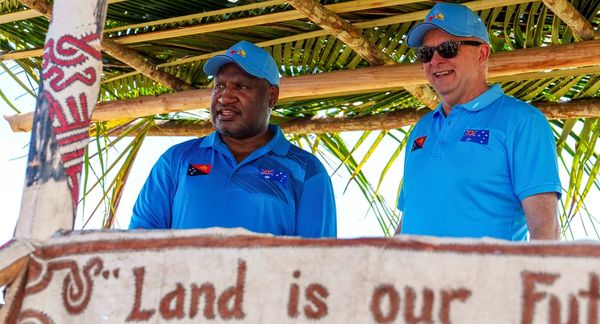
Workers will see a boost to their superannuation contributions as the new financial year brings key policy changes.
From Friday, the guaranteed superannuation rate will rise from 10 to 10.5 per cent. By 2025 the rate is proposed to reach 12 per cent.
The start of the 2022/23 financial year will also see more workers eligible for superannuation payments, regardless of how much they earn.
The removal of the $450 monthly eligibility threshold is expected to result in hundreds of thousands of Australians being better off in retirement.
Up to 2.8 million workers will get a pay rise after the independent commission awarded minimum wage earners a 5.2 per cent increase.
It amounts to an extra $40 a week and workers in the retail trade, health care, social assistance, accommodation and food services sectors are expected to benefit most.
But households in NSW, Queensland and South Australia will have to foot an increased power bill after changes by the energy regulator.
The 'default market offer' sets an annual safety net price and is a reference point for customers to shop around.
But floods, the Ukraine war and coal plant outages forced an increase by the energy regulator.
For households the offer will increase to $2092 in NSW (up 8.5 per cent), to $1620 in southeast Queensland (up 11.3 per cent) and to $1840 in SA (up 7.2 per cent).
The offer for businesses in NSW will increase to $4901 (up 10 per cent), $3446 in southeast Queensland (up 12.8 per cent) and $4539 in SA (up 5.7 per cent).
The decision was made to balance extra cost pressures on consumers while ensuring retailers could recover their rising wholesale and network costs, Australian Energy Regulator chair Clare Savage said.
In health care, subsidies for glucose monitoring devices will be available, saving people with lifelong conditions thousands of dollars a year.
All 128,000 Australians living with type 1 diabetes can access subsidised continuous glucose monitoring technology, a move thousands of people have looked forward to for years.
An increase to the home care package subsidy will also take effect, but industry groups say more help is needed.
The 1.7 per cent increase does not address rising costs of providing aged care and will mean many older people can't afford to live at home, myHomecare Group CEO Stuart Miller said.







